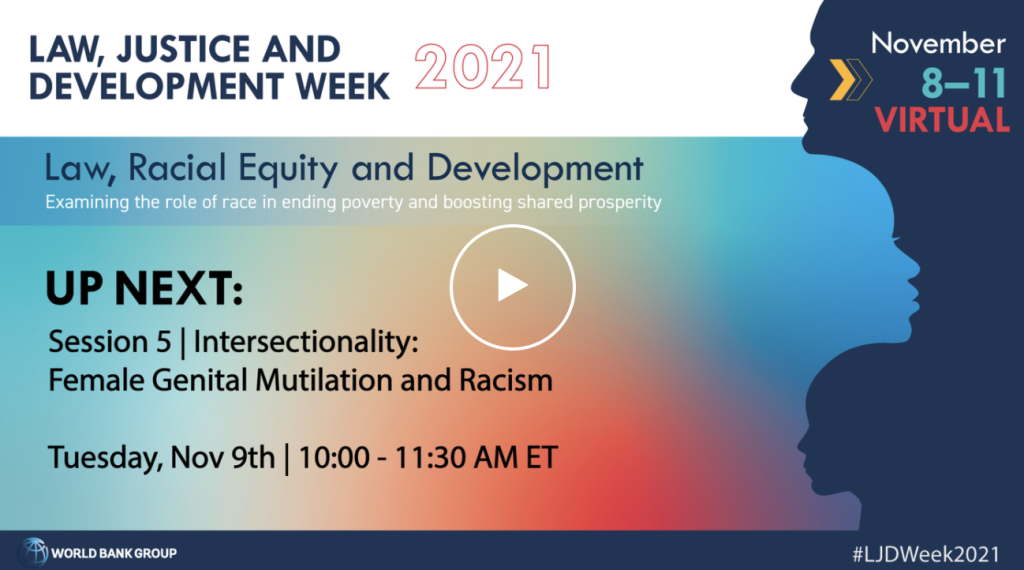Who? A Zine About The Global Impact of FGC

By: Cate Cox In the fall of my junior year at university, I decided to take a course called “Human Rights and Global Literature.” In this class, we explored diverse kinds of literature that called into question different conceptions of human rights, including works by Yvonne Adhiambo Owuor, Tadeusz Borowski, Vaddey Ratner, Farnoosh Moshiri, and Eka Kurniawan. When the professor announced that our final project was to create a Zine that explored a human rights issue important to us, I immediately knew what I wanted to do. According to the World Health Organization, female genital cutting (FGC) is a human rights violation and a severe form of violence against women and girls. After nearly two years of working with Sahiyo, I wanted my Zine to focus on FGC. A complex human rights issue that is often forgotten about in the United States, I hoped to create a Zine that would help raise awareness about FGC in America, and highlight the global prevalence of this form of gender-based violence. I decided to title my Zine Who? to reflect the many misconceptions that affect who we think FGC occurs to. I wanted to dismiss some of the misconceptions around FGC that assert it is only practiced in certain communities and in certain places. Given that my audience would mainly be my fellow classmates, I particularly wanted to focus on the prevalence of FGC in the United States. I included statistics such as the CDC estimate of women and girls affected by FGC in the U.S., and the many legislative delays in outlawing the practice. The hardest part of creating this Zine was deciding on what images I wanted to draw to accompany my writing. While working at Sahiyo, I have become increasingly aware of the ways in which violent and graphic imagery about FGC can re-traumatize survivors and stigmatize communities. Before I began to draw, I sat down with the Sahiyo Media Guide on Reporting on FGC; this was extremely helpful for thinking through the kinds of images I could draw to represent the harm FGC causes in a way that was also ethical and respectful to survivors’ experiences. After many edits and scrapped designs exploring the harms of FGC and who it occurs to, I still wasn’t quite satisfied. I explored the many consequences of FGC, and realized that I didn’t only want my Zine to highlight the harms of FGC. I wanted to provide my audience with ways to get involved in the world to end FGC and motivate people to become involved in the issue. I decided to end my Zine with a reminder that, while it may seem difficult, ending FGC is possible if we are all involved. The process of creating this Zine was a very enlightening experience that allowed me to think through both ethical reporting on this issue, as well as how to motivate people to become involved in the crucial work to end female genital cutting. Read Who? Female Genital Cutting (FGC) around the world.
The World Bank hosts webinar on the Intersectionality between Female Genital Mutilation/Cutting and Racism

On November 9th, Sahiyo co-founder Mariya Taher participated as a speaker in the World Bank-hosted Webinar “Intersectionality: Female Genital Mutilation and Racism.” The webinar was an event of the GFLJD Female Genital Mutilation/Cutting Legal Working Group. The panel of speakers was composed of female genital mutilation/cutting (FGM/C) experts and activists from around the world, who explored the ways in which inherent underlying racism is preventing the effective protection of every women and girls while leaving no-one behind; the ways in which FGM and racism’s consequences on health, education, wellbeing, social and economic development are similar and cumulative; the idea that special laws criminalizing FGM/C are tinted with discrimination when every country already has applicable general laws on bodily harm, injuries, mutilation, VAWG and femicide; and the idea that development actors’ general reluctance to address FGM/C directly can to some extent result from a span of underlying racial and gender biases. In July of 2021, Sahiyo hosted a similar webinar: “Critical Intersections: Anti-Racism and Female Genital Mutilation/Cutting (FGM/C).” The event included thoughtful commentary from advocates and survivors of FGM/C on the overlap between racism, oppression, culture, and FGM/C. The speakers also shared the struggles theyhave faced while working to bring an end to this harmful practice globally. You can watch Sahiyo’s webinar here, and read the transcript of the webinar here.
